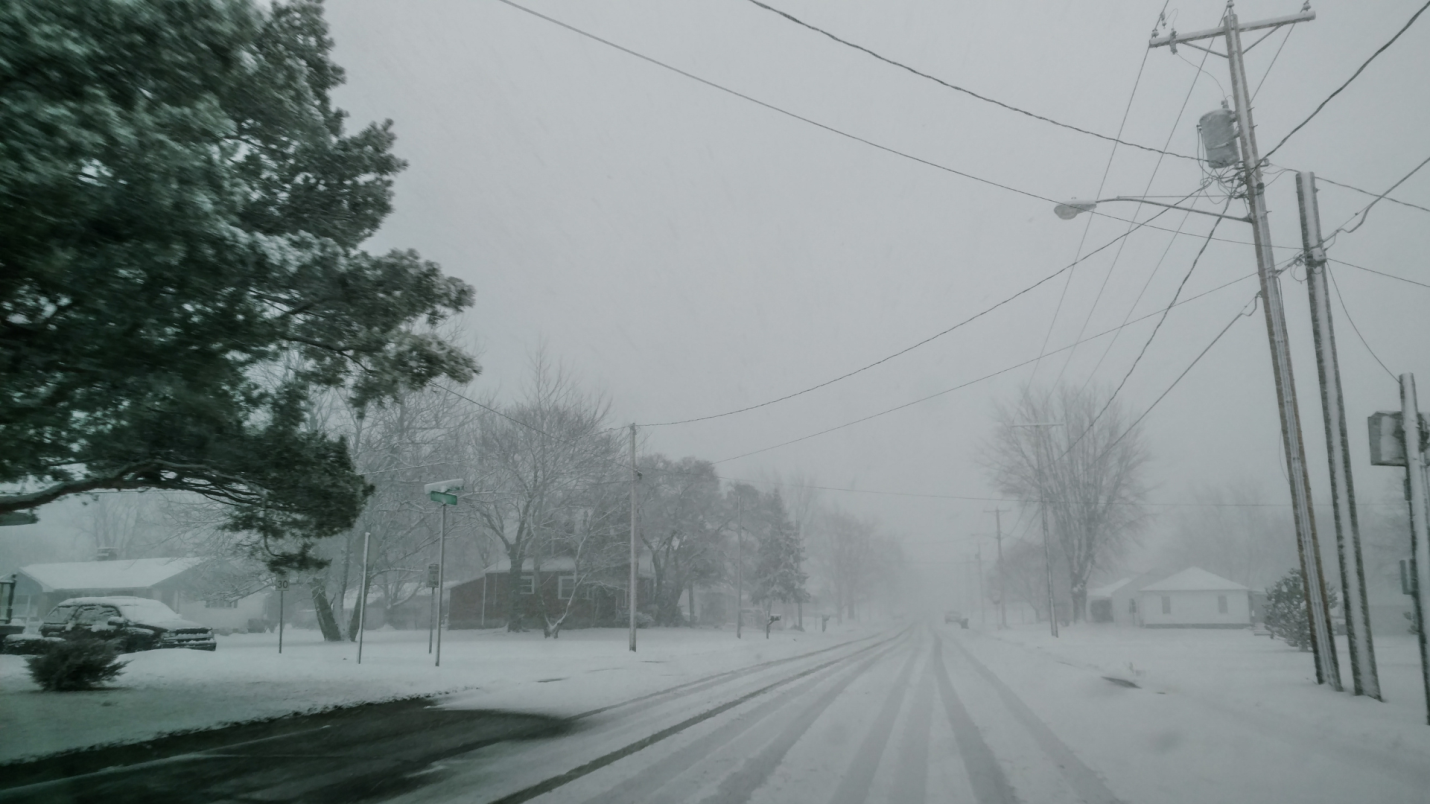
Downspouts may not get as much attention as other parts of a home’s exterior, but they play a crucial role in protecting your property from water damage. Their placement, length, and direction all contribute to how well your home manages rainwater runoff, particularly in regions like Indiana, where unpredictable weather and diverse geography can greatly influence drainage efficiency.
When it comes to installing or replacing downspouts, there’s no one-size-fits-all approach—especially in Indiana. From soil conditions to local building codes, several regional factors impact how and where downspouts should be installed to perform effectively.
Here are the most important local considerations Indiana homeowners and contractors must keep in mind when planning or evaluating downspout placement.
1. Precipitation Patterns and Intensity
Indiana experiences moderate to heavy rainfall throughout the year, with peak precipitation often occurring in the spring and summer months. These storm systems can produce quick, heavy bursts of rain, which puts added pressure on your gutter system to drain water efficiently.
Proper downspout placement becomes essential to ensure water doesn’t overflow or collect in areas where it can damage your foundation, landscaping, or basement. Homes in Indiana may benefit from additional downspouts or larger-diameter piping to handle the rainfall intensity common to the region.
2. Snow and Ice Melt in Winter
In the winter, snow accumulation followed by rapid melts can create a surge of water that must be effectively redirected. If downspouts aren’t placed in the right locations—or if they discharge water too close to your home—melting snow can saturate the soil, leading to erosion or leaks in the basement.
Strategic downspout extensions or buried drainage systems are often recommended in Indiana homes to keep melted snow away from the foundation during seasonal thaws.
3. Soil Composition and Drainage
Many areas in Indiana have clay-heavy soil, which tends to retain water instead of allowing it to absorb quickly. This can create drainage problems if downspouts are not directed far enough away from the house.
In regions with poor-draining soil, downspouts must be extended or connected to underground drainage pipes to prevent water from pooling around the base of your home. When assessing placement, soil type must be factored in to avoid long-term water issues and structural damage.
4. Topography and Slope
Indiana’s landscape varies from flat suburban neighborhoods to gently rolling hills and sloped lots. The grade around your home significantly affects where downspouts should be positioned.
On sloped properties, improper downspout placement can cause water to run downhill and collect in low-lying areas, sometimes even flowing toward your neighbor’s property. In these cases, downspouts need to be carefully placed—and often extended—to ensure water flows with the land’s natural grade and not against it.
5. Proximity to Neighboring Properties
In densely developed areas like many of Indiana’s suburban neighborhoods, homes are often built close together. This proximity makes downspout placement even more important, as poor placement could direct water runoff toward a neighbor’s yard or foundation.
To avoid disputes and prevent unintended damage, local professionals offering installation for downspout take into account property lines, shared drainage easements, and homeowners’ association (HOA) regulations when determining placement.
6. Basement and Crawl Space Risk
Many Indiana homes have basements or crawl spaces, which are especially vulnerable to water intrusion if downspouts are poorly placed. Inadequate drainage can lead to mold growth, structural weakening, or even flooding.
To mitigate this risk, downspouts should be positioned to divert water at least 4 to 6 feet away from the home—and even farther in areas with poor soil drainage. Splash blocks, downspout extensions, or underground piping can help keep water away from these vulnerable areas.
7. Tree Coverage and Debris Potential
Tree-lined streets are common throughout Indiana, especially in older neighborhoods. While trees offer shade and beauty, they also create maintenance challenges for gutters and downspouts. Leaves, twigs, and seed pods can clog downspouts quickly if not properly guarded.
Homes surrounded by mature trees may require additional downspouts, leaf guards, or clean-out points to ensure the system doesn’t become overwhelmed or blocked during the fall months. Placement should also consider how debris will be managed to keep water flowing freely.
8. Local Building Codes and Guidelines
Every county and municipality in Indiana has specific codes related to stormwater management, including where and how downspouts can discharge runoff. Some areas prohibit directing water onto sidewalks, driveways, or neighboring lots.
When hiring a professional for installation for downspouts, it’s important to work with someone familiar with local ordinances and who can ensure compliance while still optimizing function.
9. Driveways, Walkways, and Landscape Design
Downspouts should never discharge directly onto concrete surfaces like driveways or walkways. In Indiana, where freeze-thaw cycles are common in colder months, standing water on pavement can lead to slick surfaces, cracking, and accelerated wear.
Downspouts must be placed to avoid these surfaces or connected to underground drains that safely reroute the water. Additionally, landscaping features like flower beds, mulch zones, or retaining walls must be considered to prevent erosion or flooding in those areas.
Downspout placement may seem like a small detail, but it can have a big impact on the health and value of your home—especially in a state like Indiana, where seasonal weather and geographic variables demand thoughtful planning. Whether you’re building a new home or retrofitting an existing system, working with experienced professionals for installation services for downspouts ensures that your system is not only functional but also compliant with local conditions.
By considering these local factors, you can design a drainage system that protects your property through every Indiana season—rain, snow, or shine.







